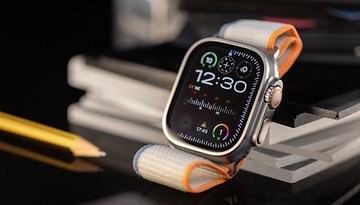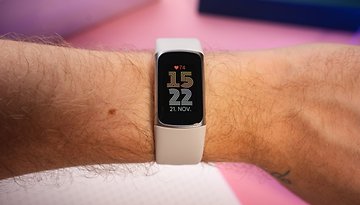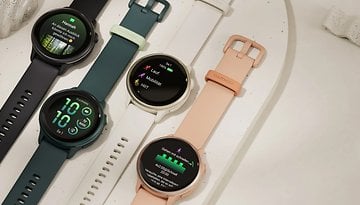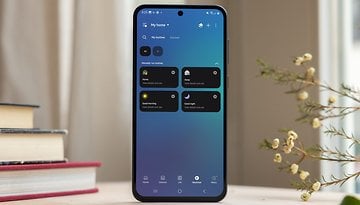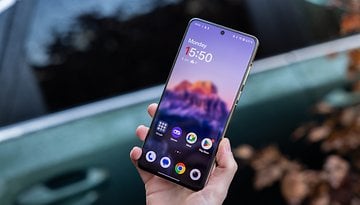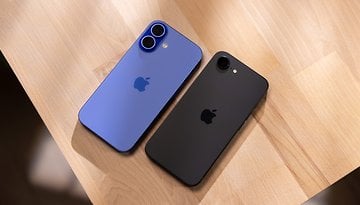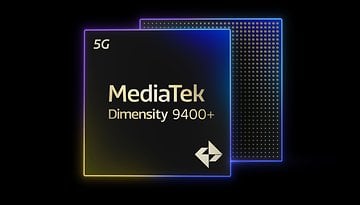How to count calories with your smartwatch or fitness tracker
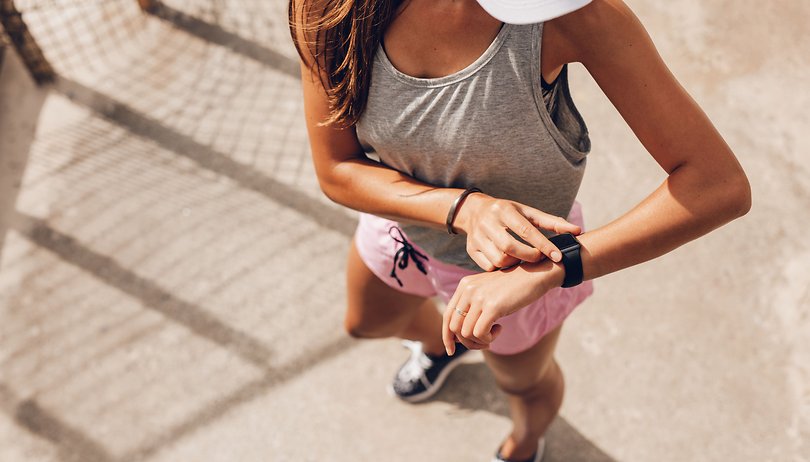

Apart from the 10,000 steps challenge that many of us try to achieve on a daily basis, keeping track of the number of calories burned each day happens to be THE measure that fitness trackers and smartwatches rely on. While having data at your fingertips is great, the more pressing question would be: what do I actually do with it? In addition, is it possible to rely on the calculated calorie burn, and is there a way to improve the degree of accuracy?
Shortcuts:
- Calorie burn and calorie counting: the connection
- Calculate calorie burn: What does my calorie burn consist of?
- Smartwatches and fitness trackers: Accurate calorie burn calculation
- Realise your goals!
With fitness trackers, intelligent body fat charts or weight loss apps, it is the same as having good intentions: Having them is nice, but without any kind of consistency whatsoever to go along with the right practice, they are of not much help at all. A collection of numbers lying around in the Fitbit cloud has never made anyone fitter or slimmer.
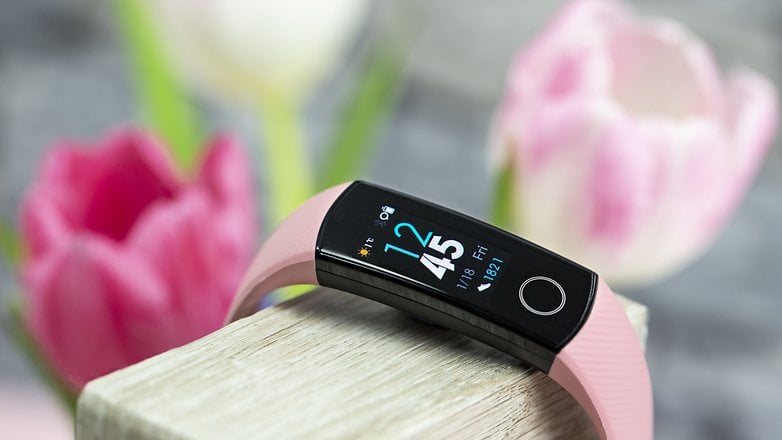
Calorie burn and calorie counting: the connection
Before we start, here is one more disclaimer: The human body is an incredibly complex system. There are rightly hundreds of books and scientific papers on calorie burn alone. In order not to go beyond the scope in this article, we simplify many aspects and work with nutrition, which in practice, provides generally good results. If you have any other health problems, please consult a doctor before making any radical changes to your lifestyle.
For now, you can basically imagine your body as a closed system. If you were to put more calories into it than you burn them, you will gain weight - and vice versa, lose weight if the same logic were to be applied. If you want to alter your weight, there are two options available to you: You can change your activity level and thus increase or decrease your calorie burn. Or you can change your calorie intake, i.e. eat more or less.
Right now, if your body has an energy surplus or deficit and thus gains or loses weight, you are then faced with a difficult decision: Do I need more fat or more muscle in the future? According to the 'rules' in place to which the body answers this question dates back to a time when food used to run away on four legs and was not packaged in the refrigerator, ready to be cooked and consumed in a jiffy.

- If you do not do a lot of sports and have a calorie deficit, the body will lose a disproportionate amount of muscles. This is because muscles themselves also consume energy, and end up being a danger to your health during a possible famine scenario.
- If you do a lot of sports and have a calorie deficit, then your body will retain a disproportionately high amount of muscles - and burn fat instead. You obviously will not need the additional muscles to survive in times where there is very little food.
- If you do not exercise much and have excess calories, then the body is happy: "Obviously there is enough food and I don't have to work for it. The surplus is stored disproportionately as a fat reserve for emergencies."
- If you do a lot of sport and have excess calories, then the body will build up a additional muscles. After all, it takes a lot of hard work to 'hunt down' the calories. Not only that, you will also have enough energy to keep the muscles going.
You can read up additional details about the connection between calorie burn, calorie intake, and why evolution is an asshole here from today's point of view here: Weight Loss in 30 days.
Calculate calorie burn: What does my calorie burn consist of?
Calorie burn is composed of two main aspects: the base metabolic rate and the work metabolic rate. The Base Metabolic Rate includes everything your body requires to maintain its function: from breathing to nightly brooding over the most retarded and stupid comment in that meeting from two years back. The work metabolic rate describes everything else that is "on top", which can be something as simple as window cleaning to sex and sports.
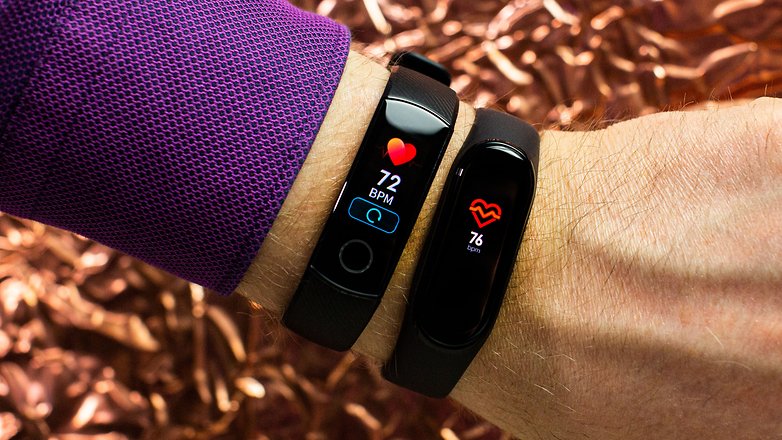
Calorie burn, step 1: Calculate the base metabolic rate
The base metabolic rate depends on many parameters. In addition to age, height, weight and gender, these include above all the body fat percentage or your muscle mass. A 120-kilogram bodybuilder consumes more energy than I do as I simply laze around on a couch, as muscles need to be supplied with energy all the time.
Most fitness apps or calorie counter apps offer quite rudimentary integrated base metabolic rate calculation. However, you will be able to find more precise calculators on the Internet. Personally, I like the calorie calculator from Fitness-Experts, because you can estimate your body fat percentage with the help of photos, which will then be used to calculate your muscle mass. Further items that help in the estimation of body fat percentage and muscle mass are via a body fat scale or calorimetry.
In good fitness and calorie counter apps - take Cronometer for example, you can manually enter a determined value in addition to the automatically calculated base metabolic rate. This is important to make the small but necessary adjustments to your body as opposed to a rough initial figure.
Calorie burn step 2: Power consumption with jogging, cycling, and others
On top of the base metabolic rate comes the performance metabolic rate. Every physical activity that does not consist of simply "existing" are taken into account here. Similar to the base metabolic rate, the performance metabolic rate is a very individual value.
While you can only influence the base metabolic rate across the long term, such as changing your muscle mass for example, the performance metabolic rate is a short-term adjustment method. If you were to run five kilometers tomorrow morning, you will increase the total calorie consumption of the day by a considerable amount. If you take the bicycle instead of the suburban train or the stairs instead of the elevator, the same scenario happens.

Depending on the app you use, it may also make sense to add the daily activity level - the notorious 10,000 steps - to the base metabolic rate, as this parameter is not added in each case. Take a close look at how the app of your choice keeps track of the calories burned.
Smartwatches and fitness trackers: Accurate calorie burn calculation
Fitness trackers and smartwatches, as well as various pedometer apps, have now gone mainstream and many claim to be able to measure your athletic performance, or perhaps daily physical activity if you are not that vigorous in moving around. Algorithms that convert movement data into the total number of steps, as well as existing heart rate, are used to measure the intensity of endurance runs.
Measuring calorie burn with the smartwatch: Is it possible to obtain an exact figure?
First, the bad news: The calorie burn calculated by various apps and gadgets is not really accurate. In a 2017 study published by Stanford University even caused a small fiasco in the still young wearables market. While heart rate measurement works well, at least when it comes to endurance sports, the wearables in the study were off by an average of 27 percent in the best case and 97 percent in worst-case scenarios.
While the accuracy of the fitness trackers has certainly improved since the study that was released three years ago, it still shows one thing: Keeping track of calorie burn is a complex issue. For example, the 120-kilogram bodybuilder example mentioned earlier in this article burns significantly more calories in a 5-kilometer run than a 60-kilogram long-distance runner. The maximum heart rate also plays a role in calculating the calories burned. That's why it's so important that you enter the requested data accurately when setting up a fitness or calorie counter app.
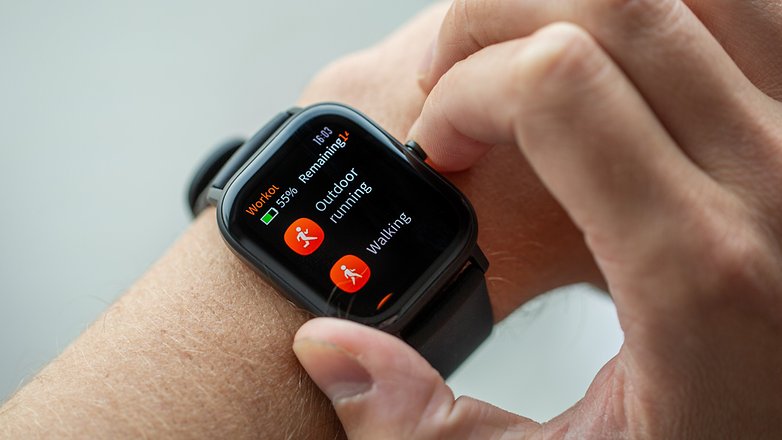
Get to know you: Record your calorie burn over a month
To recap: Your energy balance consists of calorie intake and burn through calculations made via base metabolic rate and energy used. While the former two are quite easy to grasp, the amount of energy used is unfortunately, more often than not, only a rough estimate.
However, you can improve your personal data situation by analysing your data for at least two weeks. Observe your body weight if you do not do perform or involve yourself in any form of sports over a few days. If your body weight matches the base metabolic rate plus the values for daily activity, then the data can be deemed to be sufficiently accurate. Otherwise, you will have to start to tweak with the various options in the respective app that you use. In most cases, you can also manually enter a value instead of the automatically calculated base metabolic rate.
The same method then applies to regular sports or physical activities. To what extent do the results match your weight change? Have you gained or lost too much weight? Unfortunately, making a correction here is not as easy. The calorie requirement that is automatically calculated during a workout is usually not done correctly, and manually entering each workout can be annoying.
A workaround would be to enter your age in your profile. From this information, the apps usually calculate the maximum heart rate, which plays a role in the calculation of calorie consumption. Half an hour of physical activity at a pulse rate of 160 for a 20-year-old happens to fall within the medium load spectrum, but for a 60-year-old it is close to the possible maximum.
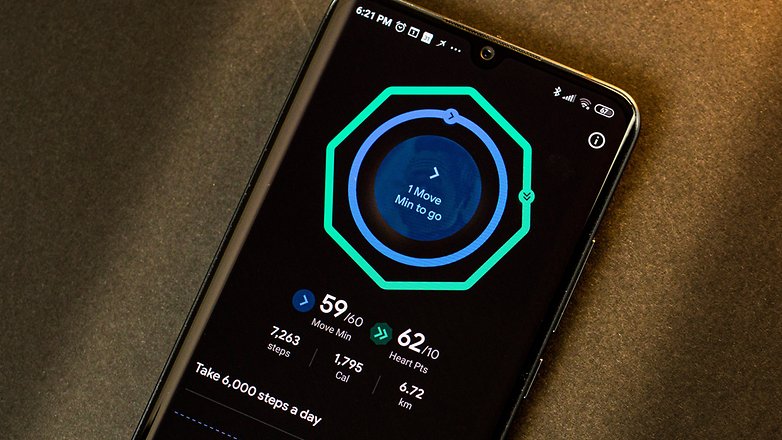
Realise your goals!
The path to a healthier, fitter life is not a straight line, but is always interspersed with times that require more discipline - such as Christmas! Unfortunately, smartphone apps and the various wearables are just information gathering and interpreting tools, they are not going to help you shovel healthier food into your mouth or force you to pedal harder on your bicycle.
However, they make it far easier to recognise the different variables in everyday life that can help influence your overall body weight. Otherwise, how else are you going to estimate the equivalent caloric value of a cheeseburger in kilometers? At the end of the day, one thing needs to be said: Get active! Using detailed calculations alone, no one has ever achieved his/her fitness or health goals.
In the near future, we will test more and more fitness trackers and gadgets with the associated platforms. What are you particularly interested to find out? Which fitness topics do you find exciting? I look forward to your suggestions in the comments!






